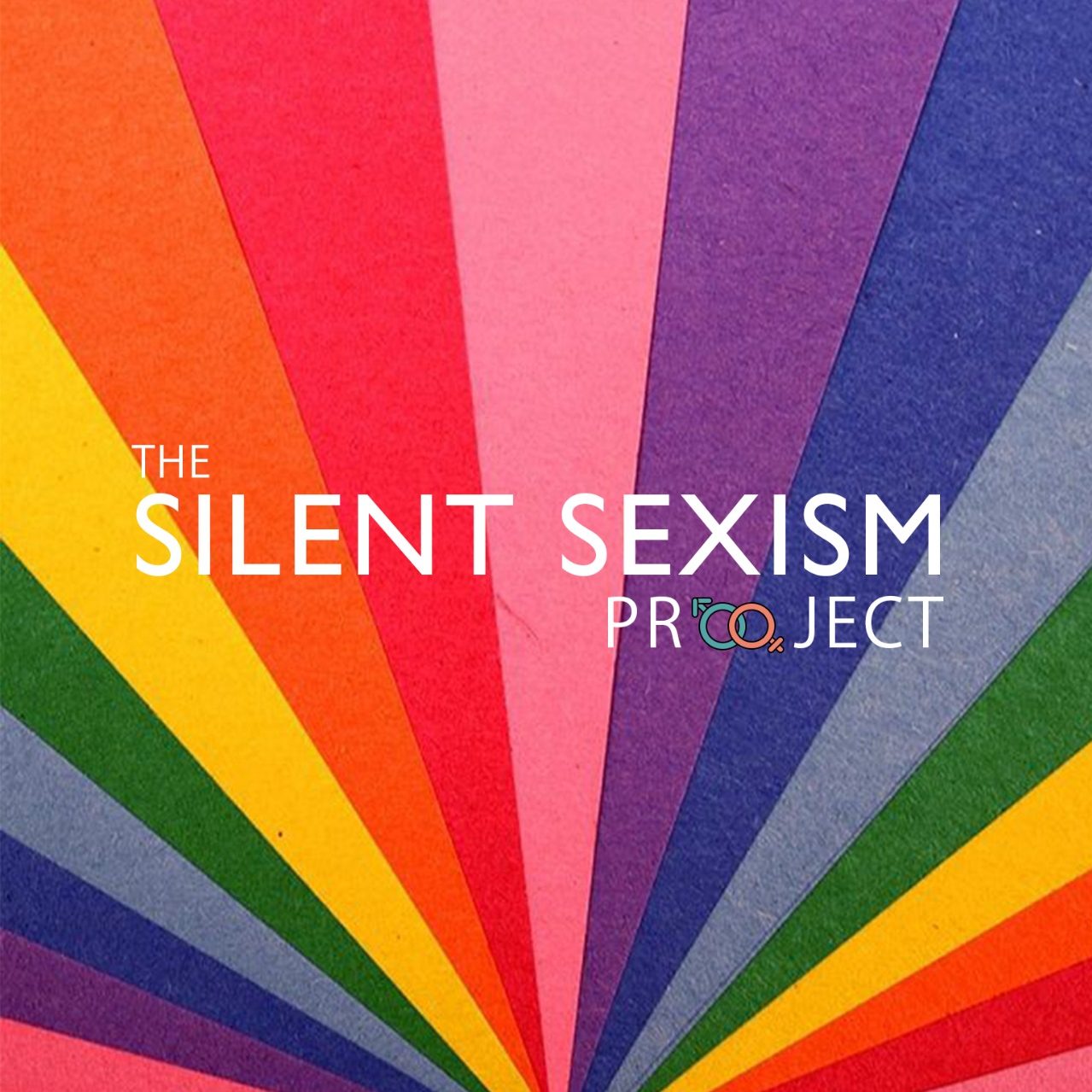WRITTEN BY: SHARVARI RAJWADAY
EDITED BY: Rashmitha Muniandi
SYNOPSIS
It is time to rethink all our favourite Bollywood movies from childhood. Why? Well, Bollywood has had a long history of glorifying sexual abuse on-screen. Be it in the form of stalking a female love interest to woo her or outright violence on one’s partner, the screens have shown it all.
Visual Media is a crucial part of the Indian society. From a very young age, we are exposed to various forms of visual content, of which the most common are movies. In many households, even today, the primary form of entertainment is movies. With the new trend coming up of socially responsible movies or those imparting a strong message, they are equally countered by crass movies often regarded as “slapstick comedy”. However, what message are these movies really imparting?
As a recreational activity, during last year’s lockdown, I watched a series of movies from the 90s – the super-hits of the time – loved, adored and appreciated by the masses to date. The entire purpose of this exercise was to watch content I was exposed to in my childhood and relish the nostalgia that comes with it. But I was surprised to see that what I considered quality content actually promoted sexual harassment, objectification of the female lead, putting her down for standing up for themselves and stereotyped for the kind of clothing or lifestyle she followed. Along with this came another realisation that not much has changed in the last 30 years except for the quality of cinematography.
- Stalking.
- Catcalling.
- Whistling.
- Passing Comments.
- Ogling.
Such actions are considered as the initial steps of courting a potential love interest. Indian movies allow their audience to believe that harassment is what gets the girl to fall in love with you. The idea of romance and relationships have been twisted to a degree where demeaning behaviour is now a part of the process.
The most excruciating to watch are the songs that are a major part of the Indian cinemas. The dance choreographies openly showcase stalking, catcalling and whistling. These actions are met with positive responses from the female leads which generate a perception of chronology of events. This scenario is worsened by the lyrics of the songs. While most wordings are in sync with the onscreen actions (choreographies), some of them blatantly negate the passes being made at them. However, the onscreen dance numbers negate this effect with the female leads dancing to the same tunes as the male leads. This stark contrast between words and actions further germinate the seeds of lack of understanding of acceptable and unacceptable behaviour.
The characters of the female leads are portrayed as forgiving harassment from their male counterparts. Not only does this create a scenario of social acceptance of harassment, it also portrays females as the weaker and malleable links of the social circuits. These portrayals generate a sense of belief within the audiences that “men-on-the-prowl” is what attracts women and them responding negatively is a win.
With the masses viewing this content every day, it is the responsibility of the creators to spread the right message. With the creators creating, and the authorities certifying the representation, it is indirectly taken as actions vouched for by our leaders. An industry of this magnitude definitely needs to rethink its fundamentals and the ideologies it stands for.
